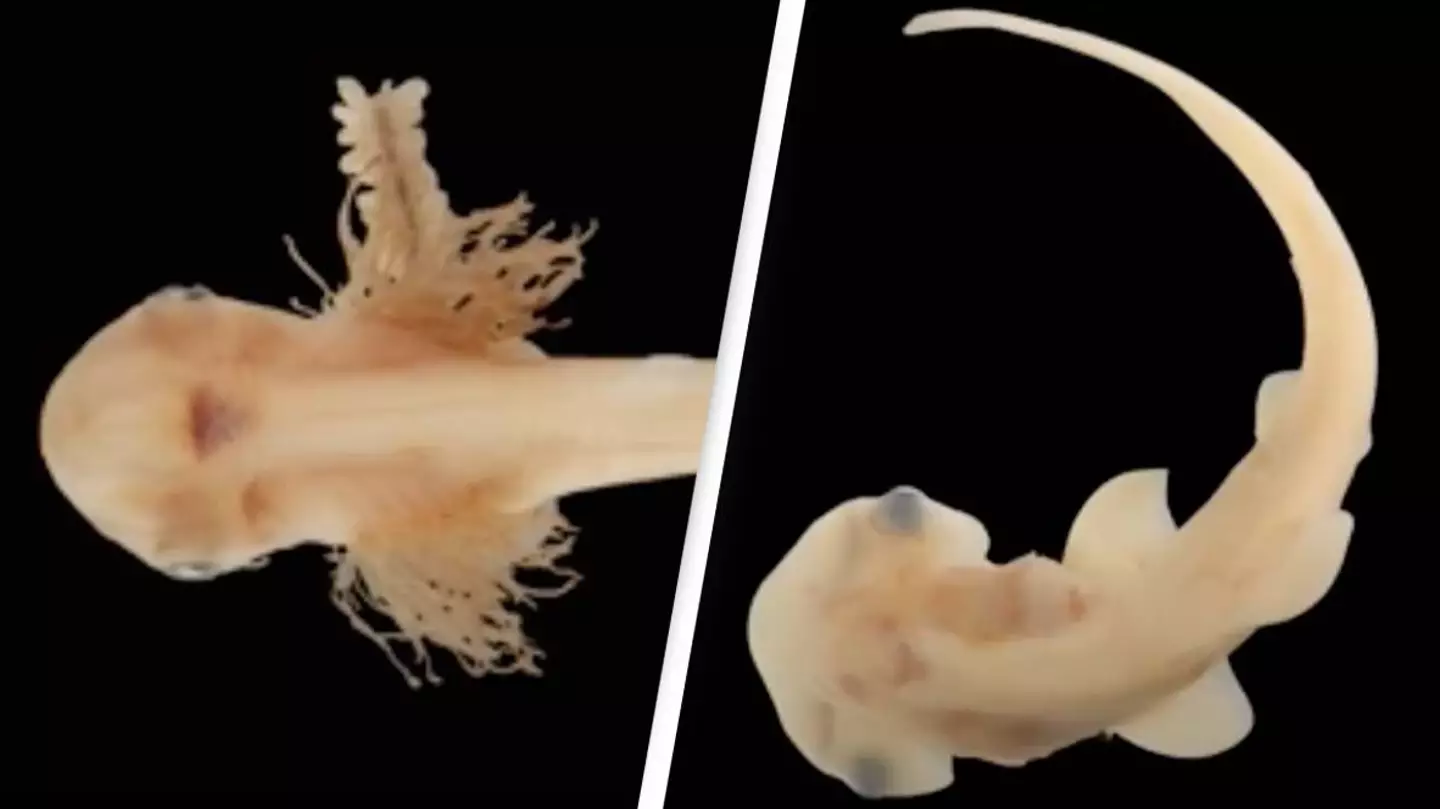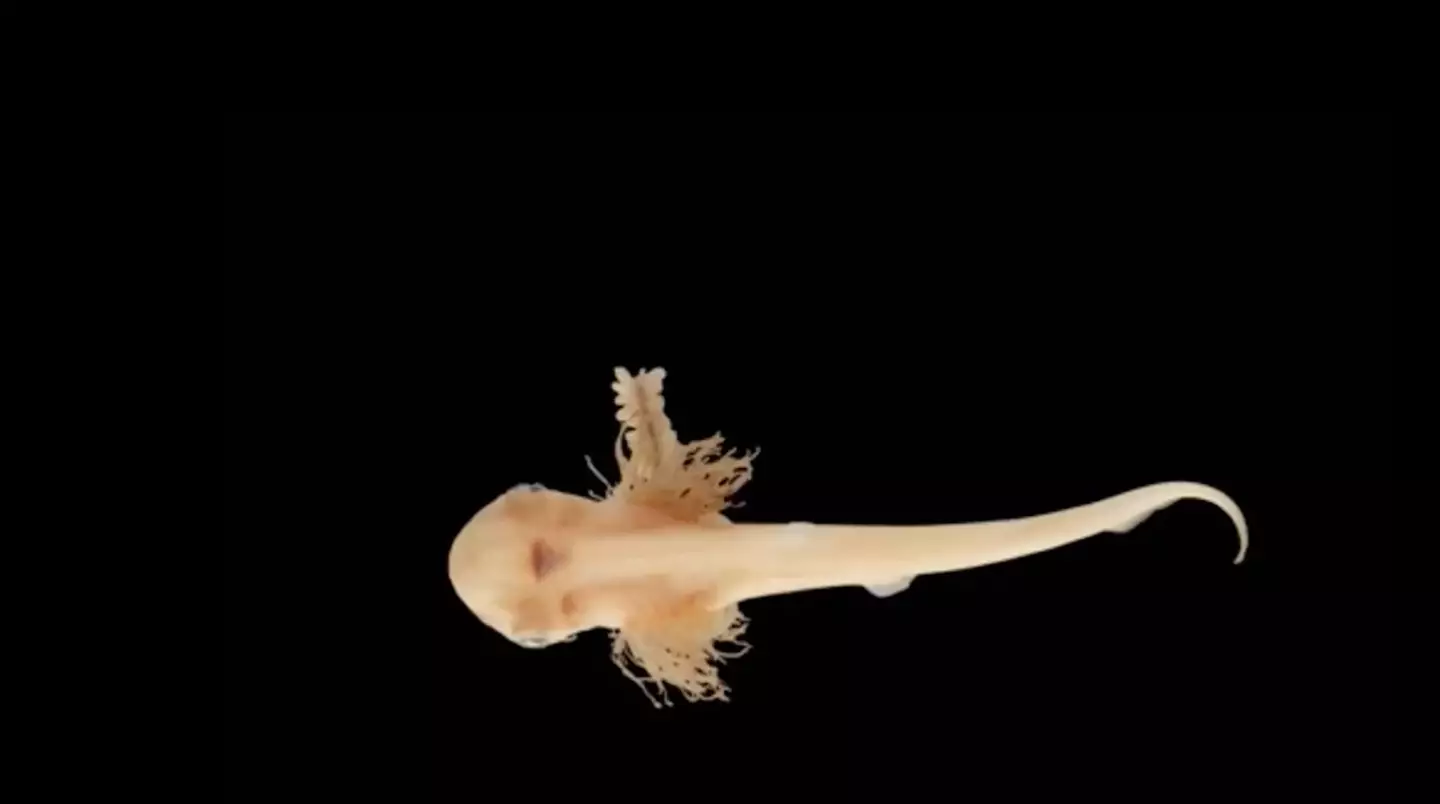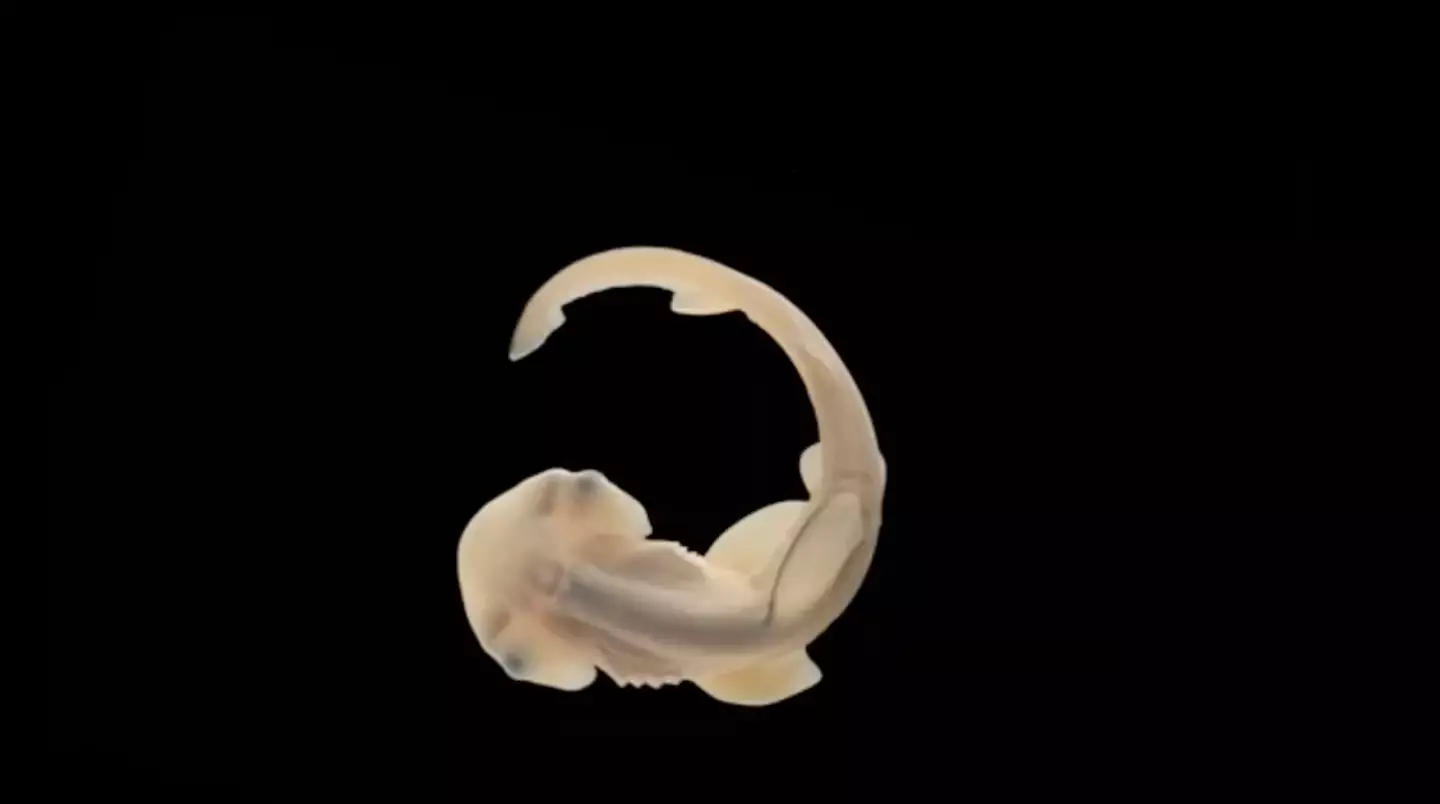
First-of-its-kind footage has revealed how a hammerhead shark gets its hammer, as part of a new study delving into the creature’s 'unique head shape’.
Hammerheads are one of the most instantly-recognisable animals on the planet, thanks to a distinctive hammer-shaped head with an eye at either end of the snout.
However, as they don’t lay eggs like most fish, their embryonic development has remained something of a mystery to experts – not least because they’re also endangered, meaning they can’t be harvested for study.
But now a team of scientists from the University of Florida have made a breakthrough, having been able to reveal the ‘first comprehensive embryonic staging series for the Bonnethead’, a viviparous hammerhead shark.
Advert
"This is a look at how monsters form," said Gareth Fraser, Professor of Biology at University of Florida, who supervised the new study.
"This is an insight into the development of a wonder of nature that we haven't seen before and may not be able to see again."

In the study, which was published this week in Developmental Dynamics, the team explained: “The hammerhead sharks (family Sphyrnidae) are an immediately recognizable group of sharks due to their unique head shape. Though there has long been an interest in hammerhead development, there are currently no explicit staging tables published for any members of the group.
Advert
“The bonnethead Sphyrna tiburo is the smallest member of Sphyrnidae and is abundant in estuarine and nearshore waters in the Gulf of Mexico and Western North Atlantic Ocean. Due to their relative abundance, close proximity to shore, and brief gestation period, it has been possible to collect and document multiple embryonic specimens at progressive stages of development.”

The team’s groundbreaking staging series covers a period of development, from ‘stages that match the vertebrate phylotypic period, from Stage 23, through stages of morphological divergence to complete development at birth - Stage 35’.
They used a variety of techniques to document the crucial stages that lead to the ‘extreme craniofacial diversity’, which results in the formation of ‘one of the most distinctive characters of any shark species, the cephalofoil or hammer-like head’.
Advert
Fraser’s graduate student Steven Byrum added: “It’s the perfect qualities of the bonnethead that allowed us do it with this species.
“This was a unique opportunity we may not be able to get for very much longer with bonnetheads and may not be able to get in any other species of hammerhead.”